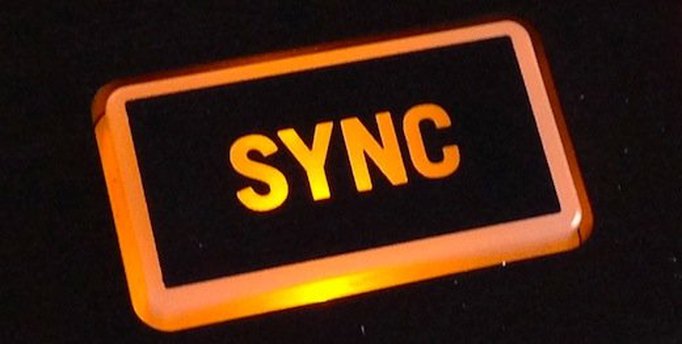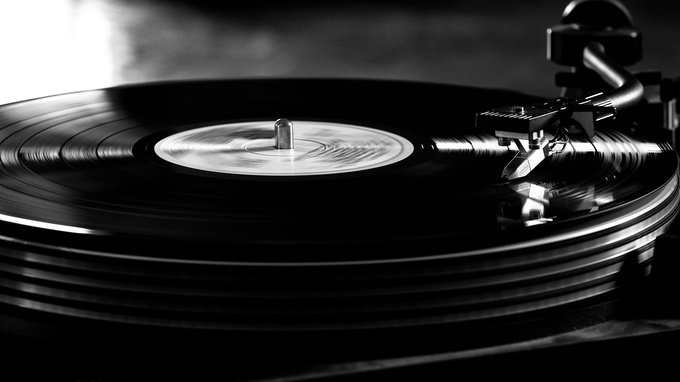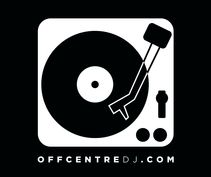|
On the upside: Being able to put an entire set together with no road blocks. There's obviously a lot more to putting together a successful set than just beat matching, but with Sync you can exercise your musical tastes and focus on programming. This puts the larger picture into perspective and removes the frustration of being stuck attempting to beat match just two or three tracks in a row. As a beat matching learning tool having a laptop in your set up can be a positive as long as you avoid the tempting sync button, and don't get caught glaring aimlessly into the screen! Music is obviously about the ears, but the graphic representation of the waveform allows for a fuller understanding of what's happening with your sound. When beats go off you can visually detect which one has pulled slightly forward or backward. Adjusting with a slight nudge or drag becomes much easier and soon enough you'll learn to drop the visual crutch and do it by ear. This potentially makes learning how to beat match quite a bit easier until you're ready to drop the training wheels. Until then, hitting the Sync button will avoid that painful train wreck. Definitely a good thing. On the downside: The temptation to skip learning one of the essential skills. The Sync button can end up creating a false sense of confidence, detachment, and sometimes complacency around the decks. According to historic DJ standards, beat matching two tracks qualifies you for the job. But if your mix stops with Syncing, that means the creative vision has been narrowed and your set will inevitably suffer. In this case technology has failed us. There are also some inherent limitations to Syncing or beat grid technology. With more consistent four to the floor production, beat mapping is quite accurate. Often times with more complex rhythms, however, the software is unable to accurately detect the tempo, or incorrectly places the beat grid. If something goes wrong with the Sync function and you're in a tight spot what do you do if you can't beat match!? The bottom line is that the Sync button won't make you a good DJ….or a bad one. It'll simply help with one of the most fundamental DJ tasks which is matching up two tempos. The Sync button will not select your tracks for you, it won't create seamless transitions, it won't magically allow you to change tempos mid set or create scratch routines on the fly. All of this takes creativity, practice, and an open mind. Sync is simply an automated function which is meant to open creative doors. There's definitely something to be said about DJs who can rock a multi dimensional vinyl set, but your DJ credibility doesn't depend on whether or not you choose to use the Sync button, it depends on what else you decide to do (or not to do) and how well you do it. If you want to find more about ways to use and/or not use the Sync button, or learn how to beat match the good old fashion way, here are some links to DJ courses that may interest you: TRAKTOR S4 - DJ LEVELS 1 - 4 - TURNTABLISM For years DJing and technology have had an important relationship. After all, there is no real acoustic version of turntables (besides maybe the gramophone). It's not something you pick up and play around the campfire. The advent of DJing fundamentally relies on the technology of electricity. To get a little more specific, the development of skills and styles in DJing influence and are influenced by changes in technology. Here are a few examples: - The switch from heavy, bulky shellac to thinner and lighter vinyl. Made rewinding, cueing, and general record manipulation a reality. - Technics releases the SL 1200 series turntable with direct drive motor and accurate pitch control - makes beat matching and cueing more precise, and scratching a possibility. - The addition of an adjustable crossfader contour made scratch techniques such as the "transform" and "stab" faster and techniques like the coveted "crab" possible. Within each of the above examples we see that artistic pursuits and technology inform each other. Sometimes technology leads and artistry follows or vice versa, but it's clear to see that in each stage of the evolution one has responded to the other in a way that made something possible, more precise, or easier to achieve. Enter the computer DJ setup. The digital revolution not only made it easier to buy and of course carry your music around, but software such as Traktor and Serato made it possible, with a decent rate of accuracy, to skip over one of the fundamental skills of DJing: Beat Matching. For a few decades, before you could play a live show as a respected DJ you had to spend weeks or months learning and perfecting the art of Beat Matching. Although potentially frustrating (as is learning any musical instrument), through this process you would inevitably learn to interact and engage with the music in meaningful ways. You'd have to focus on timing, counting, speed and accuracy, all of which are important foundations for learning more advanced DJing skills as well.
The purpose of technology has always been to make things faster, easier, and in general more streamlined. In most cases this has improved a skill set allowing for more innovation and development of other skills that may have otherwise been held back from the inherent limits of simplistic gear. Now, these inherent technological limits can also create a beautiful frame for creativity, but that's another story. The purpose of Sync was/is much the same. It was invented so that the labour intensive process of keeping tempos of two, three, or even four tracks locked easier. This would free up time for DJs to move on to more creative pursuits like EQing, FX, chopping, scratching, and focussing on the crowd (or in many cases just getting absolutely shit faced). For experienced DJs this is great. If you don't feel like spending your creative time or energy beat matching it frees up time in the live scenario to work on other kinds of transition techniques, multiple decks, and maybe going as far as programming live remix sets. As a new DJ, this can have several positive and/or negative outcomes. |


 RSS Feed
RSS Feed
